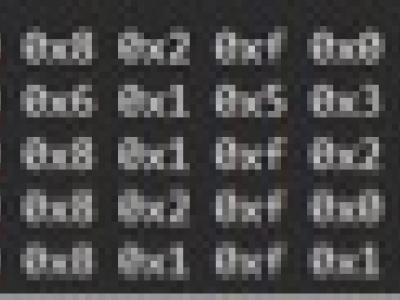
This study explores the relationship between social media sentiment and stock market movements using a dataset of tweets related to various publicly traded companies. The dataset comprises time-stamped tweets containing company-specific information, stock ticker symbols, and company names. By leveraging natural language processing (NLP) techniques, we analyze the sentiment of tweets to determine their impact on stock price fluctuations. This research aims to develop predictive models that incorporate tweet sentiment and frequency as features to forecast stock price movements.
- Categories:


